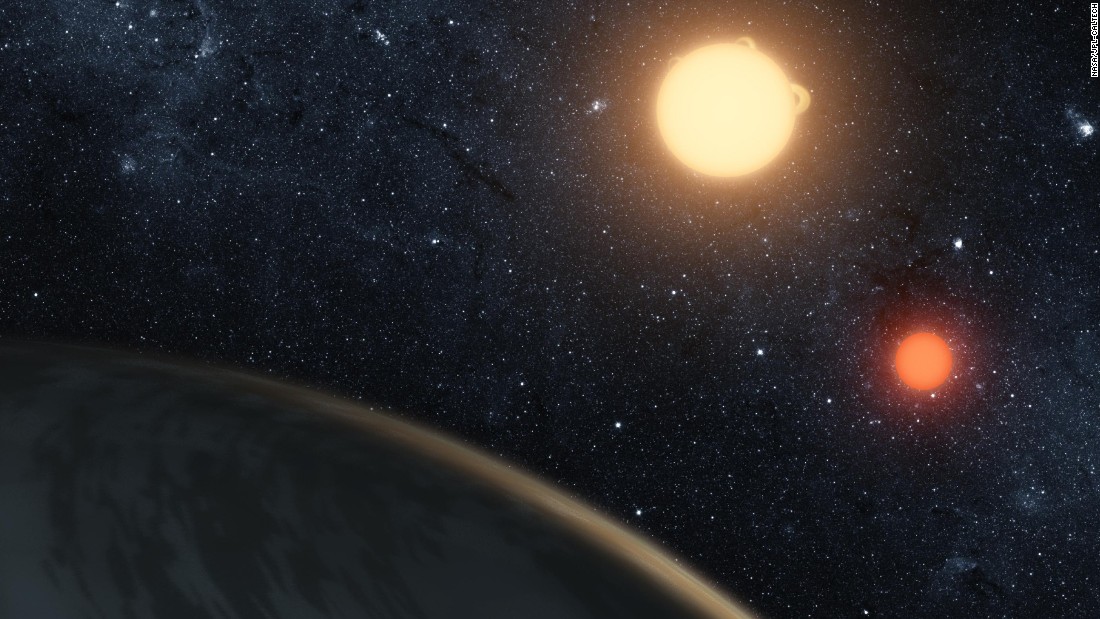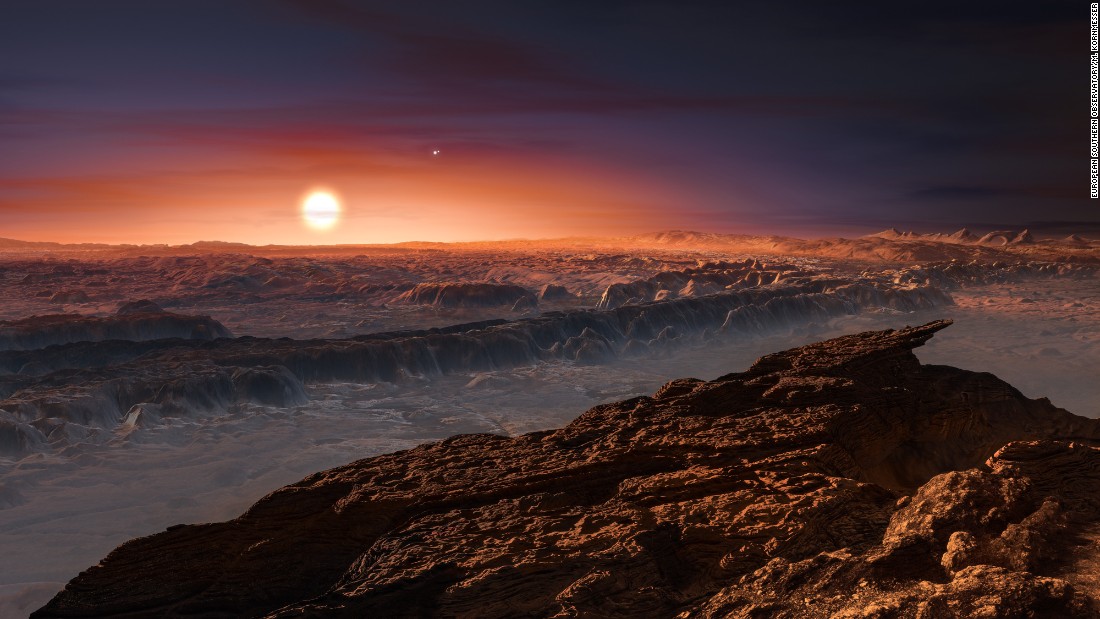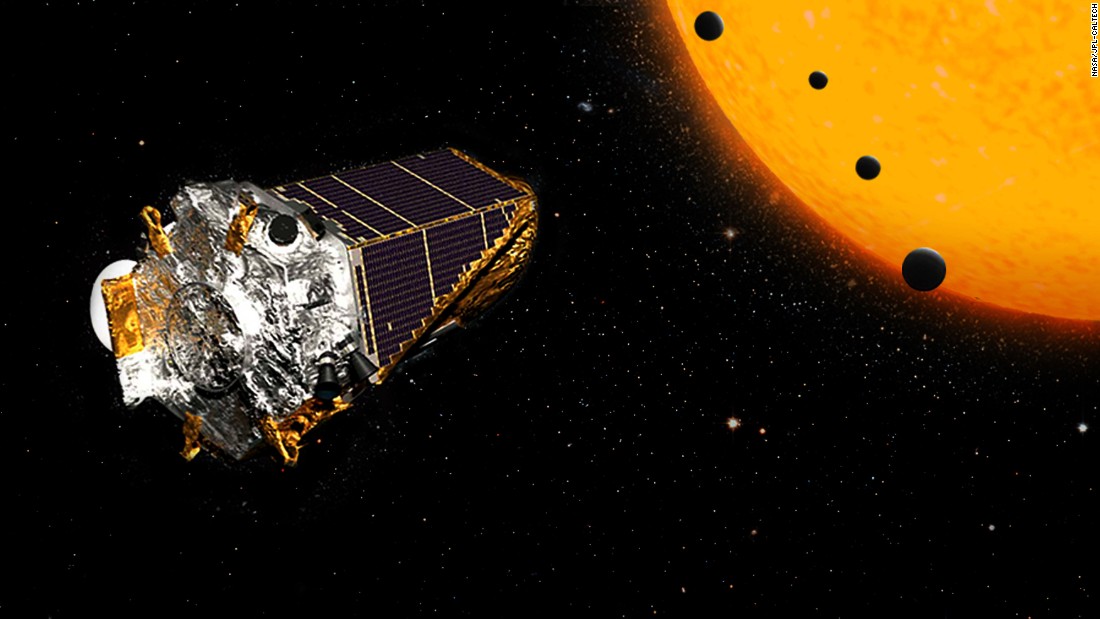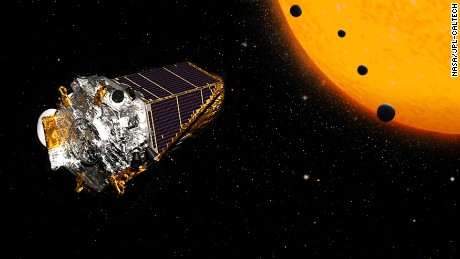
(CNN)Robert Hurt and Tim Pyle have provided the world with stunningly photo-realistic glimpses at what gravitational waves, Earth-like exoplanets, rain storms of molten iron and even the Milky Way from above might look like if we could ever see them for ourselves. They also have the joy of illustrating when science fiction meets science fact, like planets orbiting two stars that harken back to twin suns setting on Tatooine in “Star Wars: A New Hope.”
They have been working together and turning study data into artist renderings for 12 years at the California Institute of Technology, the academic home of NASA’s Jet Propulsion Laboratory. Sometimes, they have only a little bit of lead time to produce the stunning images that accompany NASA’s news releases.
Without Hurt and Pyle, the images we associate with exoplanets would be a single pixel of light surrounded by the vast blackness of space.
The process to create a rendering is the same each time. Hurt and Pyle are briefed on the research and its findings so they can start coming up with an idea of how to represent it and whether it requires an illustration. Then, they hop on a conference call with the researchers to ask detailed questions and confirm what it may look like.
Sometimes, the scientists have concepts of what they would like to see. Other times, their conversation with the artists is the first time they’ve thought about their discovery visually. Together, they work out balancing the science with visual storytelling to represent an artistic hypothesis.
After Pyle and Hurt send a first draft back to the researchers, they usually make tweaks based on the feedback and pull together the final image.
Pyle mostly illustrates exoplanets, stars and asteroids, while Hurt’s specialties align with data coming from the Nuclear Spectroscopic Telescope Array, or NuSTAR, and depicting information around black holes.
Occasionally, they fight over who gets to illustrate certain findings. Other times, they argue over how best to represent it.
“Often, by the time we hash it all out, we end up with something better than if left to our own devices,” Hurt said.
Because of their backgrounds, Hurt helps explain some of the concepts from the research to Pyle. In turn, Pyle shares graphics and animation production techniques and styles with Hurt.
“I am really appreciative of how he elevates my art, and I think I’m just grateful I have this asset that artists like me don’t have,” Pyle said.
And together, Hurt and Pyle are doing what they always dreamed and eagerly awaiting the next exciting discoveries they get to illustrate.
“I’ve been delighted to have the chance to connect my personal love of science fiction to my profession of communicating the amazing science being done that is starting to connect what we know to things that we’ve only dreamed about,” Hurt said.
Read more: http://edition.cnn.com/
The post Illustrators get us up close with ‘Tatooine’ and other alien planets appeared first on AlienVirals.com - Latest Alien & UFO News.
source http://www.alienvirals.com/illustrators-get-us-up-close-with-tatooine-and-other-alien-planets/






No comments:
Post a Comment